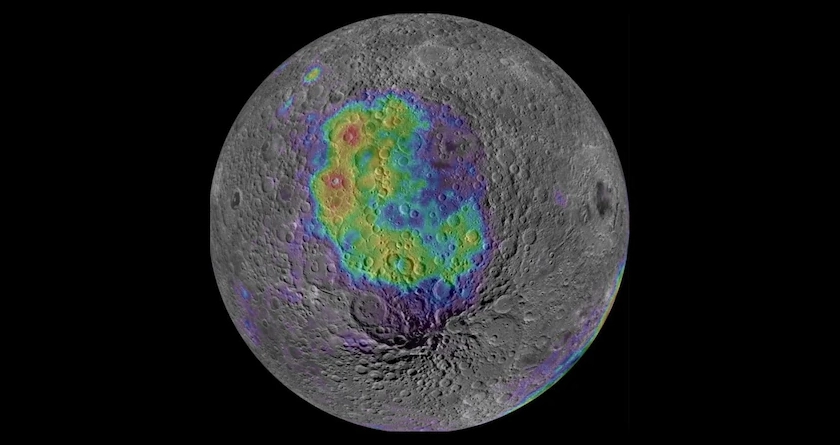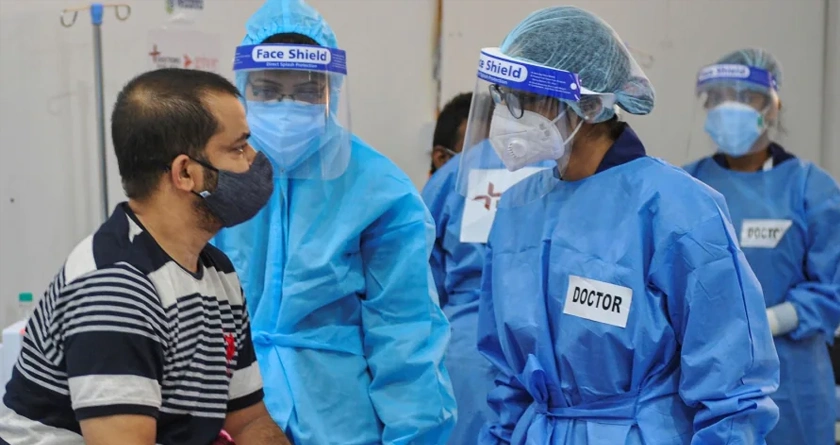
Chandrayan 1 Takes Scientists a Step Closer to Unravelling the Mystery Surrounding the Evolution of the Universe
Chandrayan 1 can help scientists unravel the universe’s origin and mysteries related to it
Thursday, 5th August 2021
India’s first-ever lunar probe under the Chandrayaan program, Chandrayaan 1 has helped researchers unravel some age questions surrounding the solar system including the evolution of other worlds in the universe and even how the moon came into being in the very first place.
Astronomers have now begun to turn towards the Moon and are seeing it as a body that has a plethora of secrets embedded within it and is now hot ground for future explorations. It is also believed that the Earth’s natural satellite could be a rich resource of some rare earth minerals.
Scientists are of the opinion that the south pole of the Moon could predominantly be not only the area holding most of these minerals and resources but may also have the key to most of the secrets about the universe that has intrigued human beings for centuries.
Recent observations that have been made by spacecraft drifting in the moon’s orbit have given researchers a new understanding of the lunar surface. Another factor that has contributed to this is the Moon Mineralogy Mapper that was onboard India’s Chandrayaan-I impact probe.
According to research published in Nature Communications and the Journal of Geophysical Research, the very ancient and well-preserved surface of the Moon holds valuable records of Solar System history and planetary evolution processes.
Also Read: Lucy Mission to Find Answers to the Origins of the Solar System Through Jupiter’s Trojan Asteroids.
Magma Ocean
The Lunar Magma Ocean is the layer of molten rock that is said to have been present on the surface of the Moon from its very inception more than 4 billion years ago. The layer, however, over a period of time got bombarded by massive asteroids and comets that scattered the pieces around its surface. Scientists at NASA are now looking at finding a way to collect these pieces and bring them back to Earth for further study into our planetary evolution over the millennium.
NASA’s Daniel Moriarty said, “Understanding these processes in more detail will have implications for important follow-up questions: How does this early heating affect the distribution of water and atmospheric gases of a planet? Does water stick around, or is it all boiled away? What are the implications for early habitability and the genesis of life?”
Probable mantle locations have been identified with the help of NASA’s Lunar Prospector and Lunar Reconnaissance Orbiter spacecraft, and the Moon Mineralogy Mapper instrument aboard Chandrayaan-I which also helped assess mineral composition and abundance.
The News Talkie Bureau
Source:
Indiatoday











